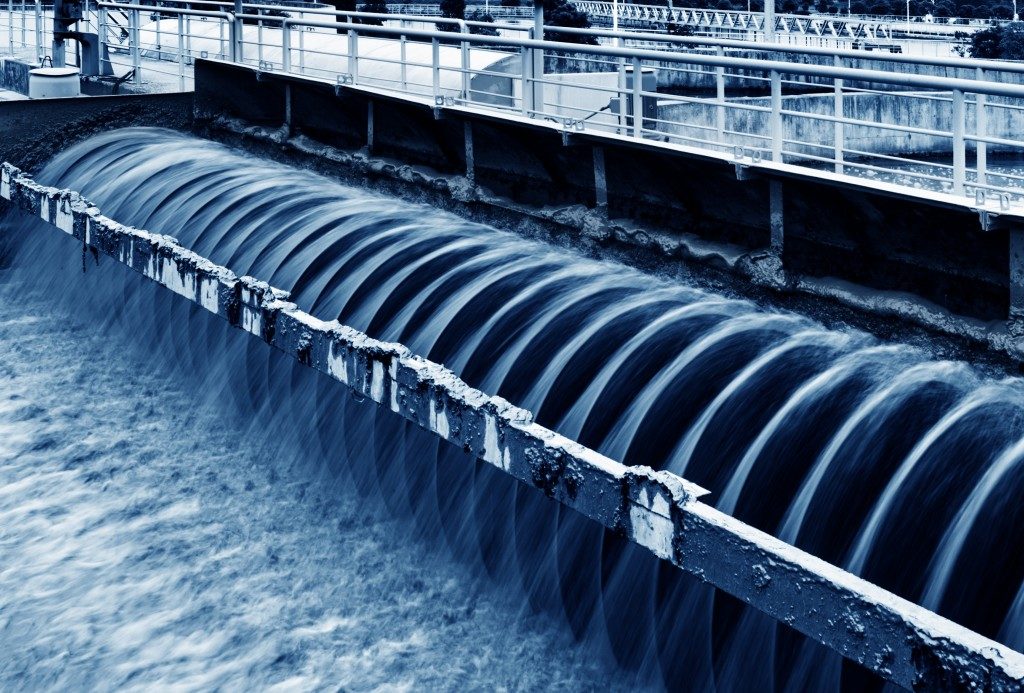Sewage treatment denotes the processes involved in the removal of contaminants from household sewage water and wastewater from industries and commercial establishments. There are different biological, physical, and chemical procedures used for the removal of pollutants. Their objective is the production of safe sewage water known as effluent along with solid waste known as sludge. The sludge is typically used in agriculture and recently as a fuel source.
You can opt to have the wastewater in your locality treated close to its point of creation in septic tanks and sewage treatment plants or drain fields. Alternatively, the water can be collected then transported via pipes and pumps to municipal treatment stations. The former choice is fast gaining popularity owing to its low cost and sustainability since there are no expenses of pipework laying and repairs. The following are the primary stages of sewage treatment.
Preliminary Treatment
This marks the initial phase of water treatment. It aims to remove the coarse solids along with large solid materials found in raw sewage. Preliminary sewage treatment generally includes grit removal, large filtering screens, and at times the breaking of large pieces. This way, the solids in your sewage do not block your tank or pumps.
Primary Treatment
This phase of treatment aims to reduce the inorganic and organic solids present in your wastewater that will settle at the tank’s bottom by sedimentation. Light solids, grease, and oil, on the other hand, will float to the surface thanks to skimming. The floating and settled materials will be removed before the resultant liquid is subjected to the next treatment phase. Primary wastewater treatment gets rid of approximately 60% of the suspended solids in your sewage.
Secondary Treatment
This treatment stage is designed to remove the suspended and dissolved matter in your effluent. This can be down using biofiltration, aeration or in oxidation ponds. Biofiltration employs contact, trickling, or sand filters for the removal of sediments from your wastewater. Aeration entails the combination of sewage with microorganisms to generate a mixture that will be aerated for about thirty hours. Oxidation ponds are generally used in warm regions. The water, in this case, will be passed through a lagoon. More than 90% of the suspended solids in wastewater are removed in secondary treatment.
Advanced/Tertiary Treatment

The primary objective of tertiary wastewater treatment is to remove the constituents that cannot be gotten rid of in secondary treatment. Here, the process primarily centers on the removal of nitrates and phosphates from the water that will be supplied to water bodies. Tertiary sewage treatment uses substances like sand and activated carbon for this process.
Insufficiently treated wastewater might become the leading cause of health and environmental issues in your locality. The same is, unfortunately, true for sewage that has been treated using a range of chemicals. The above natural treatment phases involve no chemicals and thus introduce the safest possible water into your water bodies. Moreover, they require no expensive machines that might break down and call for costly repairs or attract costly maintenance costs. The components of your natural sewage treatment process should nonetheless be installed by a knowledgeable company to guarantee it works optimally.

